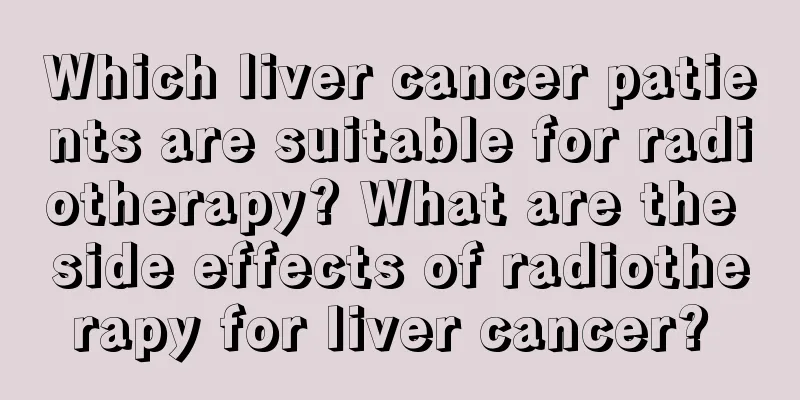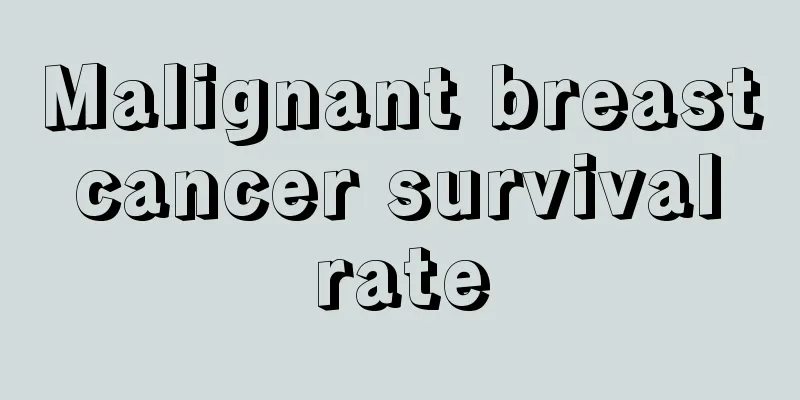What are the complications of laryngeal cancer surgery

|
Surgery is the main and effective means of treating laryngeal cancer, and it has unparalleled advantages over other treatment methods. The surgical methods for laryngeal cancer are mainly divided into total laryngectomy and partial laryngectomy. Due to the understanding of the embryology, anatomy, pathology of the larynx, the biological behavior of laryngeal cancer, and the continuous improvement and maturity of laryngeal function repair technology in recent years, partial laryngectomy has developed rapidly and has become the dominant surgical treatment method for laryngeal cancer. Compared with total laryngeal surgery, the indications have gradually narrowed, but for patients with advanced cancer, recurrence after partial laryngectomy, recurrence after radiotherapy, the elderly and weak, and those with poor economic conditions, total laryngectomy is still a reliable treatment method. The main complications of surgery are: 1. Bleeding Cause: Mainly due to incomplete hemostasis of the wound and loose blood vessel ligation. Prevention and treatment: A small amount of bleeding generally does not require treatment. If the amount of bleeding is large, the surgical wound needs to be reopened to find the bleeding point and ligate it. Especially for bleeding from the superior laryngeal artery and the isthmus of the thyroid gland, it must not be neglected, otherwise it will cause a large amount of bleeding and a neck hematoma, which will compress the trachea, cause breathing difficulties, and even serious consequences such as body weight. 2. Local infection in the surgical area Reason: Because it is a contaminated surgery, wound infection is still difficult to completely avoid. Prevention and treatment: Pay attention to protecting the wound surface and preventing contamination. After closing the pharyngeal mucosa, the surgical cavity should be fully rinsed. If necessary, antibiotic solution should be injected. When suturing the muscle layer and skin, no dead space should be left. Drainage strips can be placed. Strengthen anti-infection measures after surgery, supplement nutrition, and promote early healing of the wound. If a deep neck abscess has formed, perform incision and drainage according to the principle of surgical incision and drainage. If the mediastinal abscess is confined to the upper mediastinum, an incision can be made along the inner side of the sternocleidomastoid muscle for drainage; if it is in a lower position, X-ray positioning must be used, part of the corresponding ribs must be removed, the pleura is pushed open, and the posterior mediastinum is drained. 3. Lung infection Pulmonary infection is a common perioperative complication in elderly patients, with a reported incidence of 35% to 50%. Causes: Long-term smoking and physiological reasons of the elderly can weaken the movement of respiratory epithelial cilia, making it difficult for secretions in the trachea to be discharged and easy to be retained. Postoperative secondary lung infection is easy, and tracheotomy also increases the chance of infection. Improper care of the indwelling gastric tube will lead to reflux of gastric juice and aspiration. Patients lying flat can easily cause oral secretions to be aspirated into the trachea. Aspiration is a risk factor for lung infection. Prevention and treatment: Prevention of lung infection: ①Do a good job of publicity before surgery, persuade them to quit smoking, and those with respiratory tract infection should have surgery after the infection is controlled. Observe body temperature and lung signs after surgery, encourage early bed activities, which is conducive to recovery and coughing up lung secretions, and reduce the chance of lung infection. ②Do a good job of respiratory management, clear tracheal secretions in time, keep the respiratory tract unobstructed, pay attention to airway humidification, nebulize inhalation once every 6 hours, drip humidifying liquid into the trachea 5-10ml/h, and strengthen physical therapy at the same time. ③To prevent aspiration, raise the head 30 degrees to lie down after surgery, and give a semi-recumbent position for at least 1 hour when nasogastric feeding. When patients eat by mouth in the early stage, they should eat paste or sticky food, and pay attention to the body position when eating, which can effectively reduce accidental swallowing. ④For patients suspected of lung infection, take respiratory secretions for bacterial culture and drug sensitivity, and give sensitive antibiotics. |
<<: Recurrence time after laryngeal cancer treatment
>>: What is the best treatment for laryngeal cancer
Recommend
Appropriate folic acid supplementation can prevent cervical cancer
Cervical cancer has a high prevalence rate. A rec...
The stool is a little red but not bloody
Red stool is usually caused by blood in the stool...
See TCM's explanation of the causes of lung cancer
What is the cause of lung cancer? As the number o...
A hard lump on my calf is it folliculitis?
Recently, I heard that some friends felt hard lum...
Are there any symptoms of ear infection? What are the symptoms?
Ear diseases have a huge impact on the human body...
How long does it take to cure neurasthenia
Neurasthenia is a disease that generally affects ...
What causes nasopharyngeal cancer and how to prevent it
What causes nasopharyngeal cancer? How to prevent...
How to recover from wrist pain when supporting yourself with your hands
When we are doing military training, many instruc...
Rice cereal for strengthening spleen and stomach
Modern people are under increasing pressure. In o...
What are the first aid measures for acute pulmonary edema
Acute pulmonary edema is a common clinical emerge...
What are the specific reasons for itchy ears?
Sometimes in life, we feel itchy ears, but the sp...
Are there any sequelae after colonoscopy?
When we feel uncomfortable in our body, we will g...
Elbow pain after fitness
Although our economic conditions are getting bett...
What are the prevention methods for cardiovascular and cerebrovascular diseases
Cardiovascular and cerebrovascular diseases are a...
What are the symptoms of uterine tumors?
Spring is the beginning of all things, giving peo...









